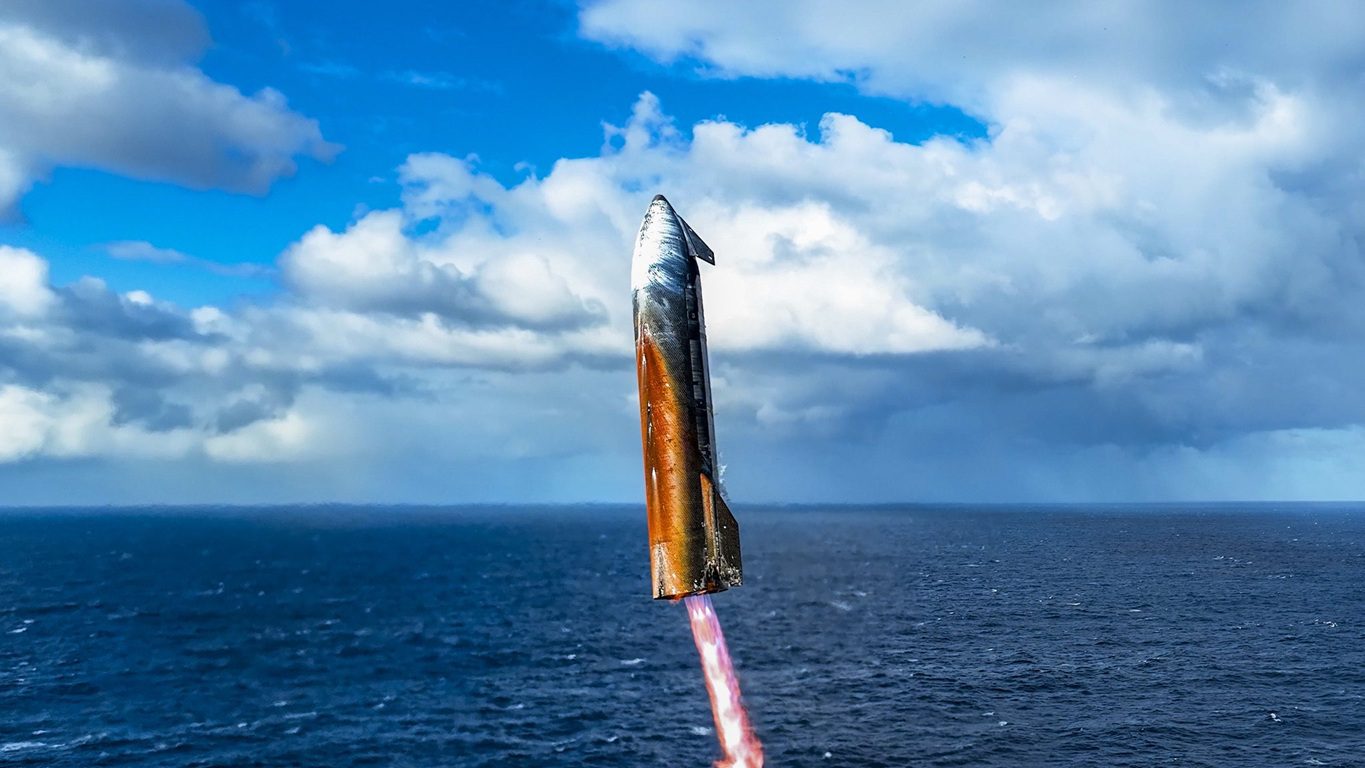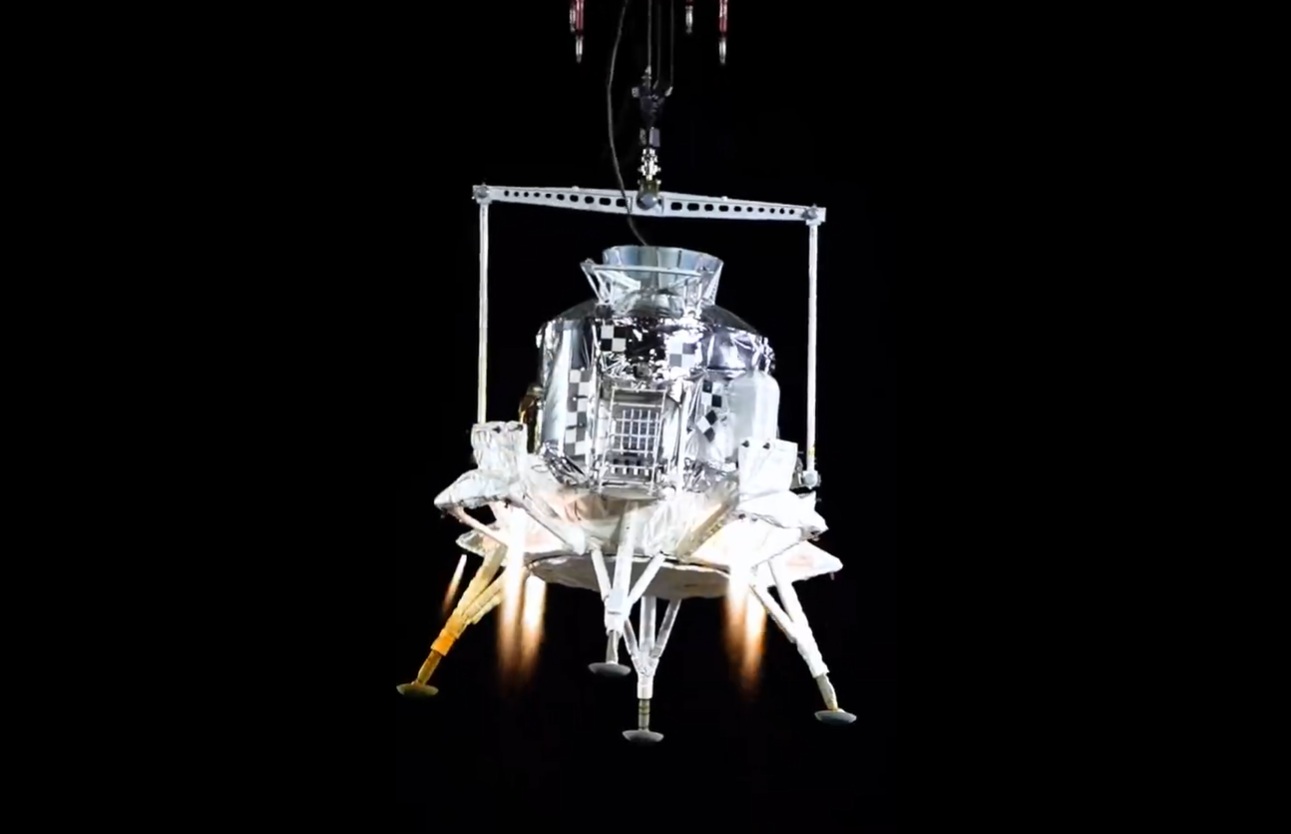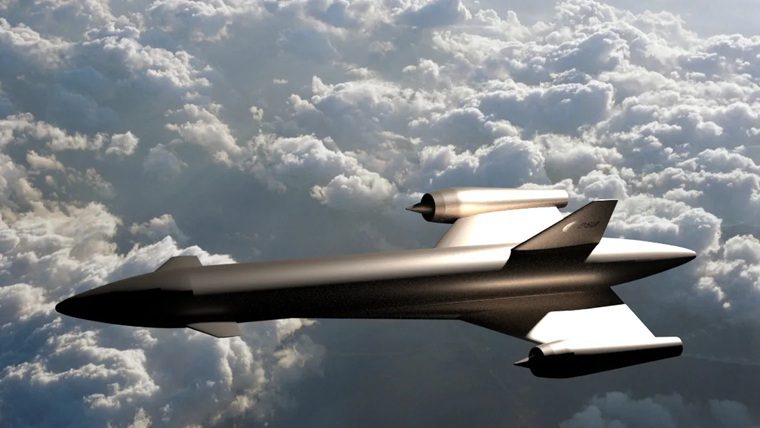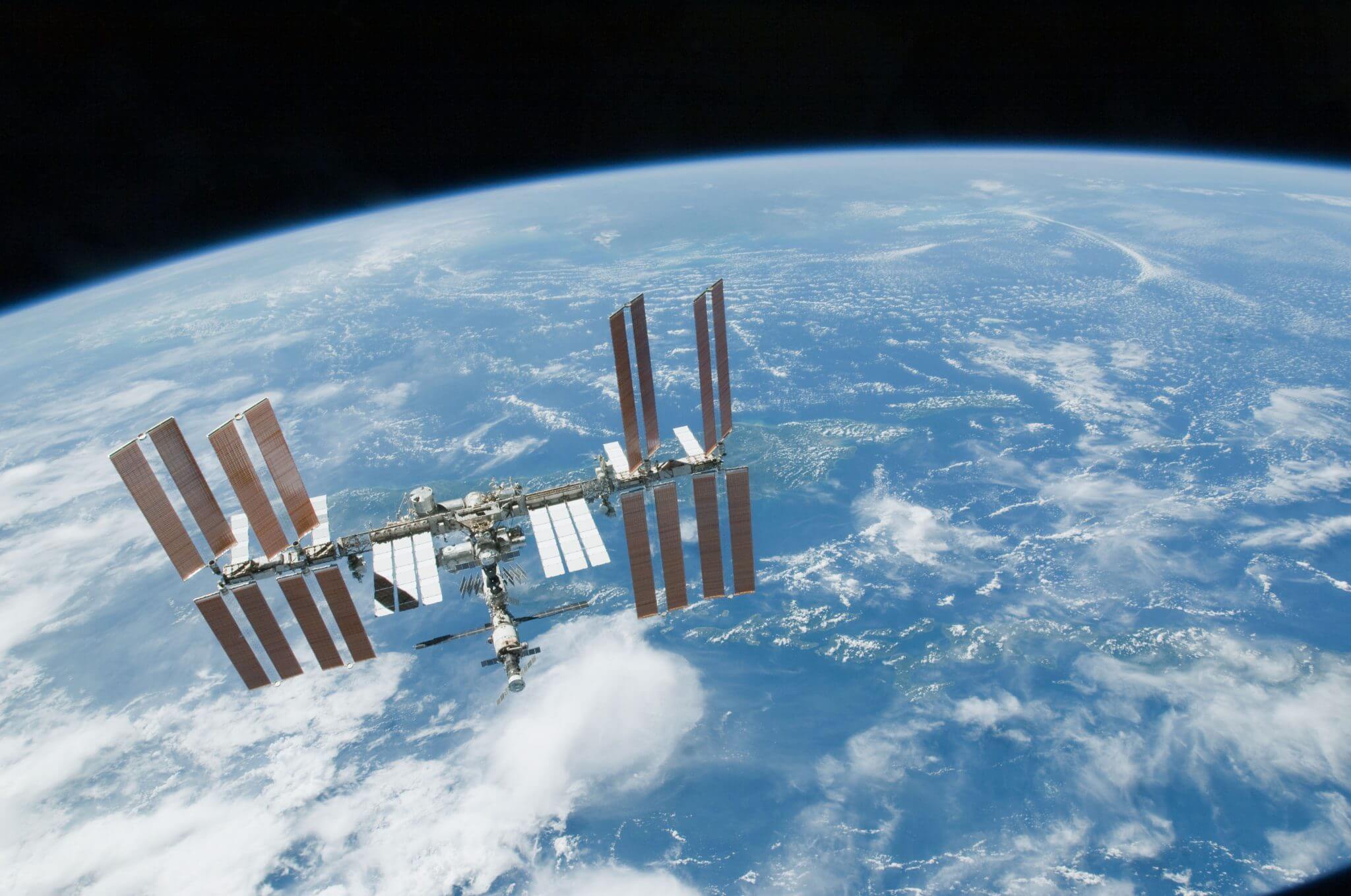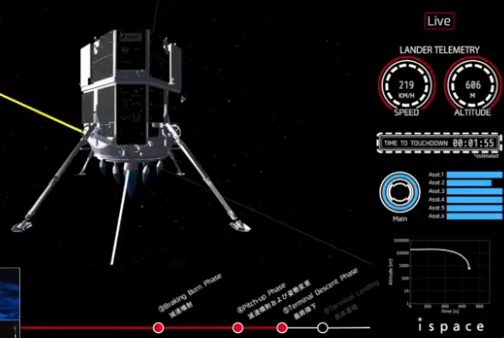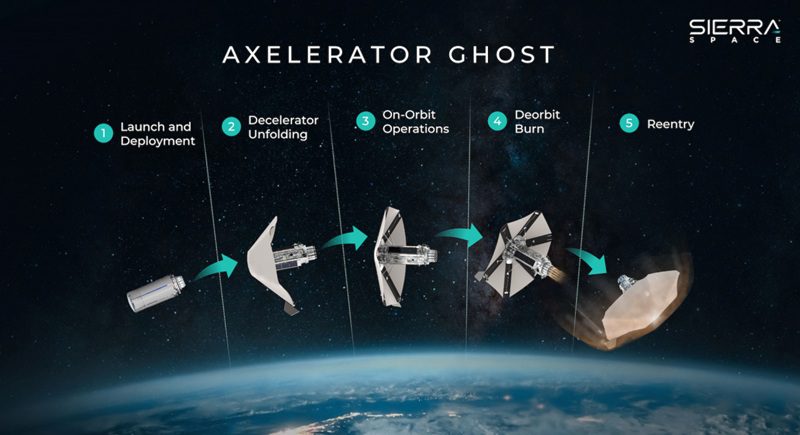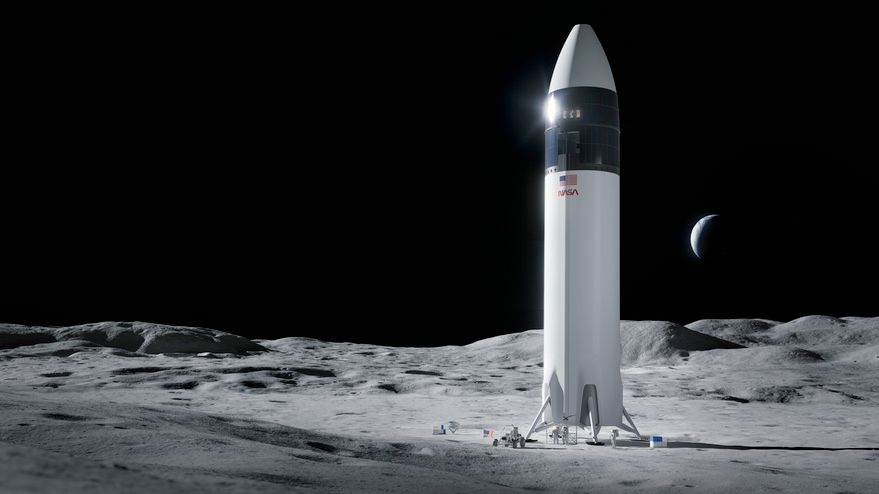While the name Orion has been used as the name of real and fictional spacecraft before (e.g. Space 2001 – A space Odyssey’s transport shuttle, and the latest manned spacecraft being developed by NASA) the original Project Orion was actually about researching a high speed Interplanetary travel propulsion system. And one that used atomic bombs to do it
As mankind contemplates journeys to other planets and how to get their economically, and fast enough to not run out of consumables, space propulsion scientists continue in their quest for specific impulse, that measure of momentum change per kg of propellants which could make such missions much more likely if this can be improved. Some have considered nuclear thermal rockets which can double the specific impulse in comparison to chemical rockets – though using nuclear reactor technology in orbit remains unpopular ever since Cosmos 954 spread its nuclear entrails over Canada in 1978.
An even better way of improving specific impulse is to use exotic electric propulsion technologies which can offer ten-fold improvements. However, they have one major drawback: they are very low thrust and to provide a practically usable amount they would need large power generation system. In effect this means that they would need either massive solar arrays or a powerful nuclear reactor (yes – it is that N-word again).
There are, of course, other ways of using nuclear propulsion. An idea originally proposed by Sanislav Ulan in 1947 was to use hundreds of atomic bombs to drive a spacecraft along. This idea was later turned into a full research project called Projct Orion. The history of the project was outlined at an evening lecture at the British Interplanetary society made by Douglas Liddle, a former engineer and aerospace history expert with experience in nuclear weaponry.
Liddle described how the project was orignally set up in July 1958 after originally gaining traction after an unexpected observation during the Teapot series of nuclear weapons tests in the 1950s that some items could remain intact close to a nuclear detonation. Bakerlite items had shown themselves to suffer only minor ablation – the logic being that if a nuclear bomb could be exploded near a pusher plate coated with a similar plastic or oil based material, it could be propulsed along without being destroyed.
Cornelius Everett working with Stanislav Ulan produced a report noting that such a system could be used for space propulsion and Project Orion was formed under the auspices of Freeman Dyson at General Atomic. The spaceships of various sizes were designed use a magazine of nuclar devices (upto 900) which would be dropped from the rear of the spacecraft and exploded at one second intervals. The Plutonium fuelled fission-class atomic bombs of 50kT yield would be specially designed using various explosive lensing techniques to aid the achievement of critical mass along with neutron tubes acting as initiators.
Each bomb would have a Tungsten “bullet” designed to act as the working fluid of the device. Scientists realised that a nuclear blast plasma itself would not offer enough mass and hence momentum to propel the craft along at fast enough speeds and that tungsten would be needed to blasted at the back plate to “pulse” the craft on its way.
To protect the crew at the front of the craft, there would have to be extensive nuclear shielding and shock absorbers various invoving double action gas and toroidal techniques. The tungsten “bullets” would also act as shielding while not used.
The system had advantages over chemical systems. Overall it was robust and less likely to be damaged by meteoroid strikes as propellant tankage would have been apt to do. Directional control of the craft would be made by either angling the back plate and by using chemical rocket thrusters on the craft. In acheiving thrusts equivalent to several million Newtons and at specific impulses ranging between 2000-10000 seconds, a mission to Mars could be cut by several hundred days when compared to a Hohmann transfer chemical rocket alternative.
There were off course problems with the design. Launching such a device containing several hundred nuclear weapons would require a very reliable and very large launch vehicle. Apart from the shielding and shock absorption problem, the crew would also have to be protected from high and low frequency vibrations.
Experience in nuclear weapons tests in the upper atmosphere (e.g. the Project Starfish explosions) had shown that it was unwise to explode nuclear devices too close to the Earth’s magnetic field and this causes large numbers of charged particles to surround the Earth causing new radiation belts. Likewise, having bright explosions as the spaceship set off might have damaged the eyesight of observers. Moving too far away from the Earth would surely defeat the object of this transport system.
Nevertheless, after initial reluctance to support the idea, by 1964 even Werner Von Braun came to conclusion that such a device had merit. But by then the Project was looking doomed. For while NASA and the US Air Force initially supported the project, moves to take nuclear weapons out of space (the Nuclear Test Ban Treaty (1963) banned nuclear devices being exploded in the upper atmosphere and the Outer Space Treaty (1967) banned nuclear weapons from being placed in orbit) meant that NASA withdrew its backing and the project was formally ended in 1965.
As a footnote, Doug Liddle reminded the audience that there was one country that has never been a signatory to the Nuclear Test Ban Treaty: China. As such, one day it could be China that builds such a spacecraft like Project Orion to eather travel to other planets or to move an incoming asteroid out of the way.

